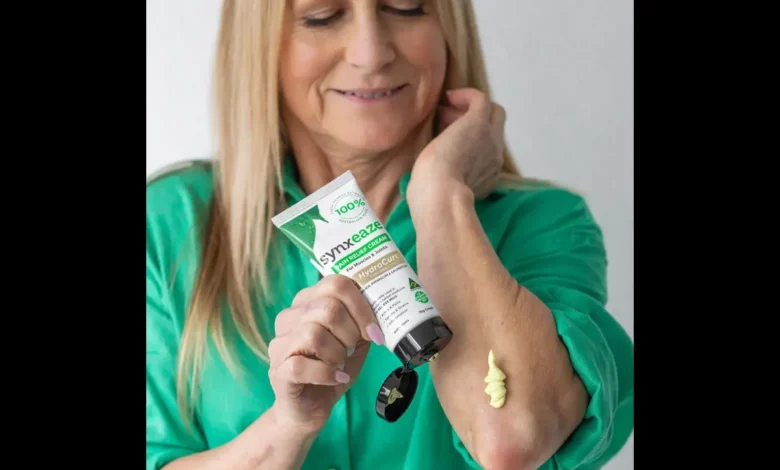Unlock Comfort: Choosing the Right Pain Relief Cream for Muscles and Joints

Discovering the appropriate topical cream can significantly enhance your comfort and ease of movement when dealing with muscle and joint discomfort. So, read on to get help selecting the best muscle and joint pain relief cream for your needs, focusing on factors like type of pain, cream consistency, and application methods. By taking these factors into consideration, you can confidently choose a pain relief solution that supports your comfort and contributes to your overall quality of life.
Different Types of Pain
Before choosing a cream, it’s essential to understand the nature of your pain. Muscle pain, often caused by tension, physical activity, or overuse, can manifest as soreness or cramps. Joint pain, on the other hand, can be due to conditions like arthritis or inflammation and often feels more acute and localised. Identifying whether you have chronic or acute discomfort will help you select the one that best addresses your symptoms.
Consistency and Skin Sensitivity
The consistency of a pain relief cream can affect how it feels on your skin and how easily it can be applied to the affected area. Thicker ones tend to provide a barrier that helps lock in moisture and may be ideal for dehydrated skin. In contrast, lighter gels are absorbed more quickly and are preferable in warm climates or during physical activity. For individuals with sensitive skin, selecting a hypoallergenic one that is gentle and less likely to cause irritation is vital. Opt for the ones that are free from common irritants, such as fragrances or preservatives, which can exacerbate skin sensitivity.
Heat Therapy vs. Cooling Relief
The creams can offer heating or cooling effects. Heat creams are generally used for chronic conditions like arthritis to help increase blood flow and relax sore muscles. Cooling ones, containing substances that provide a cooling sensation, are beneficial for acute injuries such as sprains or muscle strains, as they help reduce inflammation and numb the pain.
Ease of Application
Think about the ease of applying the cream, mainly if you have restricted mobility or need to access difficult-to-reach spots. Some come with special applicators or are packaged in a way that makes the application more straightforward, such as roll-ons or with a pump dispenser. These options can provide a more hygienic application without the need to use your hands, which is particularly useful if you’re applying it on the go or don’t want to wash your hands after each use.
Lifestyle Compatibility
Your lifestyle is another crucial aspect to take into account. If you are an active person, you might prefer a non-greasy formula that won’t leave a residue on clothes or equipment. If you apply cream at night, a more decadent, more moisturising cream might be more beneficial to work over several hours as you sleep.
Trial and Error
Finally, finding the correct cream often requires some trial and error. As each person’s body reacts differently to different types of treatments, it might take trying a few other products to find the one that provides the best relief for your muscle and joint pain.
Consulting Healthcare Professionals
It’s a good idea to consult with a healthcare professional before selecting a relief cream, particularly if you’re experiencing severe or persistent discomfort. They can offer essential insights tailored to your medical history and particular condition, assisting you in making a knowledgeable decision that integrates well with any other treatments you may be undergoing.
Choosing the best muscle and joint pain relief cream is a significant step towards managing discomfort and enhancing your quality of life. By considering the type of pain you’re experiencing, the consistency and composition of the cream, and your lifestyle needs, you can select a product that not only eases your pain but also fits seamlessly into your daily routine.







